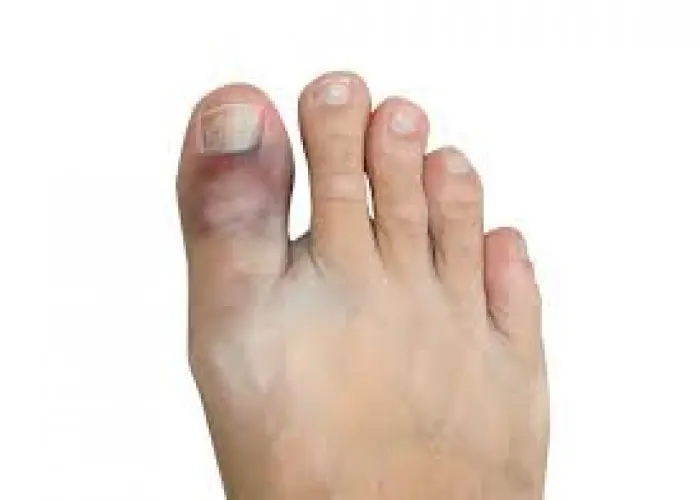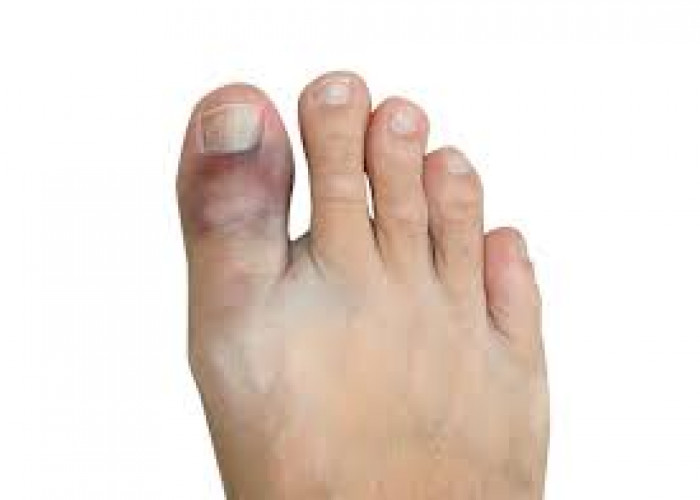 Welcome
Welcome
“May all be happy, may all be healed, may all be at peace and may no one ever suffer."
Broken toe

A broken toe is a medical condition where one or more of the bones in the toe is fractured or broken. It can be caused by various factors, such as stubbing your toe, dropping a heavy object on your foot, or participating in activities that put stress on the toes such as sports. Symptoms may include pain, swelling, bruising, and difficulty walking or bearing weight on the affected foot. Treatment may involve immobilizing the toe with a splint or walking boot, pain management, and sometimes surgery in severe cases. It is important to seek medical attention if you suspect you have a broken toe, especially if it is accompanied by other symptoms such as an open wound or the bone piercing through the skin.
Research Papers
Disease Signs and Symptoms
- Toe pain
- Swollen toe
- Broken toe
Disease Causes
Broken toe
A broken toe typically happens when you drop something heavy on your foot or you stub your toe against something hard.
Disease Prevents
Disease Treatments
Medications
You can usually manage pain from a broken toe with over-the-counter medications such as ibuprofen (Advil, Motrin IB, others), naproxen sodium (Aleve) or acetaminophen (Tylenol, others). Your doctor may prescribe stronger painkillers if the pain from your fracture is more severe.
Reduction
If the broken fragments of your bone don't fit snugly together, your doctor may need to manipulate the pieces back into their proper positions (reduction). Doctors can usually do this without cutting open your skin. Ice or an injected anesthetic is used to numb your toe.
Immobilization
To heal, a broken bone must be immobilized so that its ends can knit back together. Examples include:
- Buddy taping. If you have a simple fracture in any of your smaller toes, your doctor may tape the injured toe to its neighboring toe. The uninjured toe acts like a splint. Always put some gauze or felt in between toes before taping them together to prevent skin irritation.
- Wearing a stiff-bottomed shoe. Your doctor might prescribe a post-surgical shoe that has a stiff bottom and a soft top that closes with strips of fabric fastener. This can prevent your toe from flexing and provide more room to accommodate the swelling.
- Casting. If the fragments of your broken toe won't stay snugly together, you may need a walking cast.
Surgery
In some cases, a surgeon may need to use pins, plates or screws to maintain proper position of your bones during healing.
Disease Diagnoses
Disease Allopathic Generics
Disease Ayurvedic Generics
Disease Homeopathic Generics
Disease yoga
Broken toe and Learn More about Diseases

Premature birth

Conjoined twins

Congenital myasthenic syndromes

Toxic hepatitis

H1N1 flu (swine flu)

Enlarged breasts in men (gynecomastia)

Squamous cell carcinoma of the skin

Mitral valve disease
Broken toe, Broken pinky toe, Broken big toe, ভাঙা পায়ের আঙুল
To be happy, beautiful, healthy, wealthy, hale and long-lived stay with DM3S.
